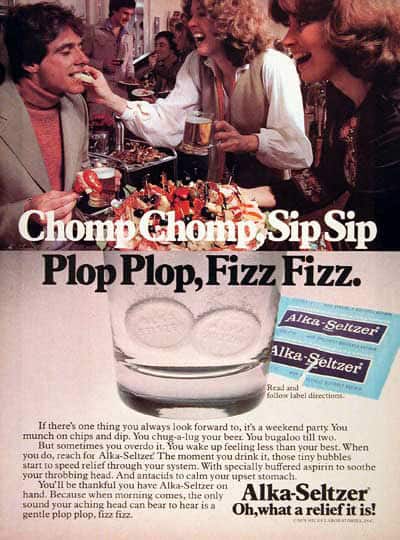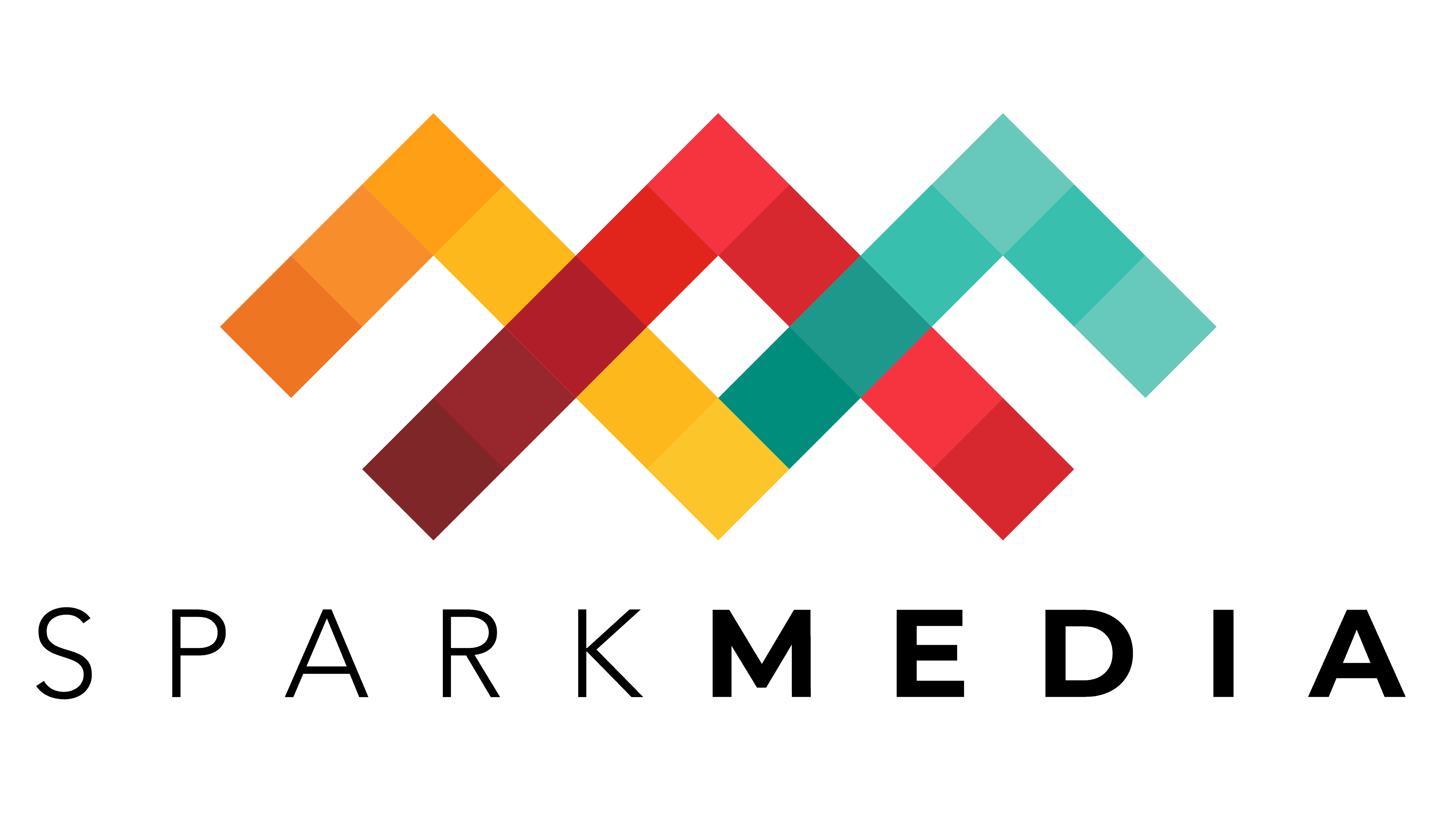Nobody likes to be told what to do. But as it turns out, we love to be subtly directed to make choices.
I’m referring to the art of the “nudge”, a term coined by economist Richard Thaler and legal scholar Cass Sunstein in their book Nudge: Improving Decisions about Health, Wealth and Happiness. Thaler and Sunstein define a nudge as:
“…any aspect of the choice architecture that alters people’s behavior in a predictable way without forbidding any options or significantly changing their economic incentives. To count as a mere nudge, the intervention must be easy and cheap to avoid. Nudges are not mandates. Putting fruit at eye level counts as a nudge. Banning junk food does not.”
Nudges are in supermarkets, where “impulse buys” line the checkout aisle where we’re a captive audience in our most decision-fatigued state. They’re on our energy bills, where social comparisons to our neighbors bring out our competitive spirit.

Nudges are everywhere.
The most famous example is likely familiar with the gentleman in the audience.

That’s right, the old “pee on the fly” trick.
This “nudge” aims to reduce, ahem, spillage by taking advantage of the need, seemingly-hardwired in the male brain, to aim at things. By simply painting a fly on the back of the urinal, spillage at the Schiphol Airport in Amsterdam rates dropped 80 percent.
NUDGES IN ADVERTISING

Nudges apply in advertising as well. Back in the 60’s, Alka-Seltzer was struggling and looking for a way to increase sales. A psychologist suggested they could double their sales with a simple modification of their jingle: “Plop Plop Fizz Fizz”. The idea was to create a social norm around using two alka-seltzer tablets at a time (note the two “plops”), instead of just one. It’s brilliant, because it shows you what to do, without saying a word. Sales skyrocketed and the campaign was a huge success.
Opportunities to “nudge” your audience abound, and a little creative thinking about how to use them can lead to dramatic effects on consumer behavior, and ultimately your bottom line.
How are you using “nudges” in your campaign?

Recent Comments